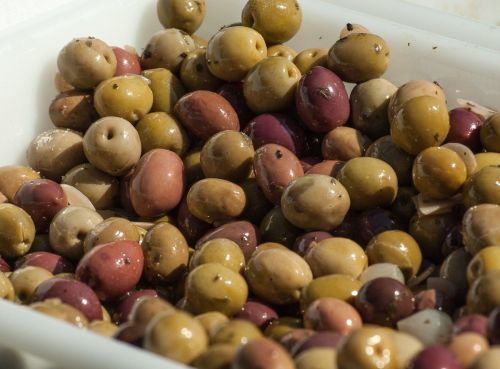Krak des Chevaliers, the magnificent fortress of the Knights of St. John, is one of the largest, most famous, and until recently best-preserved stone castles in the world. It is located in the western part of Syria, in the Jabal al-Nusariya mountain range, northeast of Tripoli. Situated on a 650-meter-high rock fault, it once guarded the only route from Antioch to Beirut and the Mediterranean Sea. Until the outbreak of the civil war in Syria, it was one of the main tourist attractions of the region, included on the UNESCO World Heritage List. During the hostilities taking place there since 2011, the castle was bombed and damaged. It is currently on the Heritage at Risk list.
The castle once had the Arabic name Hisn al-Akrad - 'the fortress of the Kurds', and today Qal at al-Hisn - 'the citadel of the fortress'.
It was a watchtower occupied by the Kurdish military colony, Hosn Al Akrad, i.e. the Kurdish stronghold. It was probably an insignificant fort at that time, guarding an important route.
The Crusades were a response to the call of Pope Urban II, and their goal was to liberate Jerusalem and the Holy Sepulcher from the hands of Muslims, as well as to protect pilgrim Christians traveling to the Holy Land.
In this way, powerful castles-fortresses were created: Kerak and Shobak in Jordan, Nimrud near the Golan Heights, Belvior in Galilee, a fortress in the Gulf of Aqaba, Krak de Chevaliers.
Possessing it gave them dominion over the southern part of the Dead Sea and the eastern desert route.
When the pope called for a crusade, he was the first to accept the call and, at the head of a large company, marched towards Constantinople, where he joined the remaining crusaders. Because he was a very wealthy and charismatic man, he quickly became the main leader of the expedition.
It was captured again in 1110 by Tancred, the nephew of one of the leaders of the First Crusade, the prince of Antioch, and in 1142, Raymond II, count of Tripoli, gave it to the Order of the Hospitallers.
The castle was expanded in the Gothic style. In the central part of the fortress, measuring 110 by 60 m, a church, a knights' hall, and several towers were built.
They created a fortress in the Middle East with a European character and architecture, which could accommodate about 4000 people and as many horses on an area of three hectares.
In 1271, after a two-month siege, the fortress with 200 knights surrendered to the troops of the Mamluk Sultan Baybars. Baybars probably did this by trickery, writing a letter to the garrison commander as the Count of Tripoli, in which he informed about the impossibility of providing military support. After reading the letter, the crew surrendered. The Sultan accepted the surrender of the crew. The knights were allowed to leave on the condition that each return to his own country.
The fortress shared the fate of almost all fortresses. War techniques and strategies changed, and fortification systems became useless, especially since Krak was not located within the city where it could act as a military citadel. The entire Muslim settlement lived inside the castle. The great halls were divided into small rooms and small houses where the local poor lived. There was a mosque, baths, and other rooms necessary for life.
The people living in the castle were relocated to a settlement on the slope of the large castle mountain called Hosn.
It covers an area of approximately 3 hectares and resembles an irregular trapezoid with dimensions of 240 m by 170 m.
The fortress is surrounded by a dry moat, and once a drawbridge led to the only gate.
There was a deep moat in the Zwinger (an open area between two defensive walls), which is now filled in and only partially filled with water.
Noteworthy is a 10 m high, 8 m wide, and 20 m long room equipped with a heating furnace and serving as the center of garrison life. One of the towers was the residence of the Grand Master. There are terraces and courtyards and many small rooms of unknown purpose.












